When you ask famed architect Rees Jones, “What’s up?” be prepared to absorb plenty of insightful information on the topic of golf course design.
This legendary golf course designer, known by many as “The Open Doctor” (tagged with the nickname due to the vast number of golf courses he’s improved in preparation for U.S. Open Championships), has an elevated passion for his work. Jones focuses on creating courses that are fair yet challenging and ones that enhance the playing experience while also being sensitive to the natural environment.
Jones is not only a talented and award-winning designer, he is a wise man, one who values relationships and enjoys collaboration. This is evidenced by his team of talented designers who have been an integral part of the professional staff at Rees Jones, Inc., for several years now. Each designer possesses the same deeply-rooted passion for their work as Jones himself, and all are equally-committed to excellence.
Golf Course Designer Rees Jones
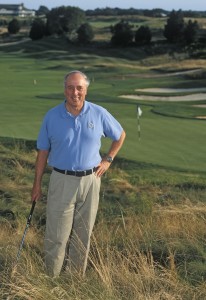
It’s that “commitment to excellence” that propels Rees Jones and his team as they continue to be a leading force in golf course design at all levels – from new course master planning to carefully thought-out restorations, as well as golf course renovations that well-reflect improved playability and sustainability.
Their work also focuses on the actual financial realities that many clubs are encountering today, and as a result, they are developing creative design solutions that help streamline the maintenance process (minimizing operational expenses) while preserving design integrity and improving the overall player experience.
“We recognize that financial considerations have always been a key to most clubs and this is especially true today,” said Rees Jones. “In today’s more competitive marketplace, the need to reduce expenses while still providing a quality experience for players of every level is the key. We work with each club to help in these areas by looking at ways to make the course more playable and more cost effective to maintain. We look at the possibility of altering or eliminating course features such as shrinking bunkers or even converting bunkers to grass chipping areas, creating open entrances to greens and other areas which will help the club reach its goals of adding players, increasing pace of play and lowering maintenance costs.”
There is no project too big or too challenging for this accomplished design firm, evidenced by an impressive client list, one that encompasses compelling projects throughout the U.S. and abroad.
Design Projects in the Works
Playa Grande Golf Club, Rio San Juan, Dominican Republic
This is a complete renovation of a Robert Trent Jones, Sr. (father and mentor of Rees Jones) designed course. The project is in the construction stage and scheduled to open in 2015.

Danzante Bay Golf Course at Villa Del Palmar, Loreto, Baja Calif. Sur, Mexico
Located at the upscale resort of Villa Del Palmar in Loreto, the course will maximize the majestic views of both Danzante Bay and the Sea of Cortez to the east and the Sierra de la Giganta mountain range to the west. It is currently under construction with eleven holes scheduled for play by February 2016.
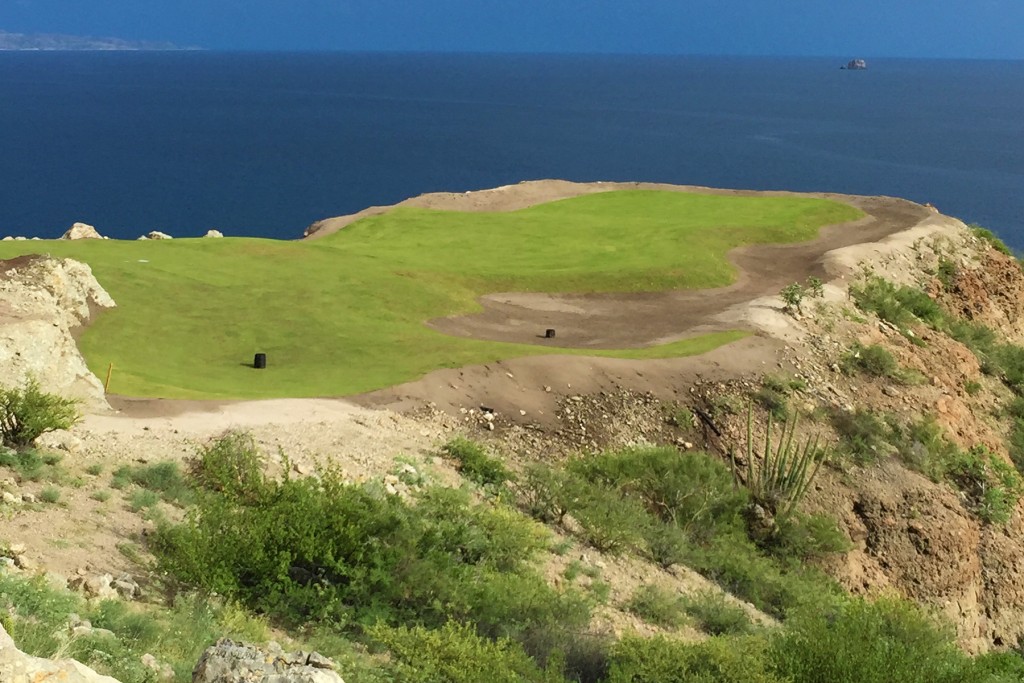
Dream Island Resort, Incheon, South Korea
Two, new eighteen-hole courses are in the planning stages, serving as the inaugural design project for Rees Jones, Inc., in Incheon, South Korea. These link-style designed courses will be built adjacent to the ocean.
The Monster, Kiamesha Lake, NY
Adelaar, a meticulously planned, year-round destination resort will feature not only the Montreign Resort Casino but also The Monster Golf Course. Originally designed in 1963 by Joe Finger, the world-famous golf course will undergo a complete redesign using holes from both the current Monster Golf Course and the former International Course. This project is scheduled to begin in fall 2015.
City Park Golf Club, New Orleans, LA
In 2005, Hurricane Katrina flooded City Park with up to eight feet of water. The flooding and damaging winds substantially affected the three courses in operation at the time, leading to the closure of two courses. Following a new golf master plan, a new 18-hole layout that encompasses land previously home to portions of the former East and West courses is currently under construction and scheduled for completion in 2016. The new course meanders through majestic live oak trees and incorporates many of the existing bayous.
Medinah Country Club, Course #2, Medinah, IL
Work has commenced on the restoration of this iconic Tom Bendelow-designed golf course.
Jack Clark South Course at Chuck Corica Golf Complex, Alameda, CA
This is completely new course on the site of an existing one. This municipal course is under construction with nine holes completed and the eighteen hole golf course is scheduled to open in 2016.
Brynwood Golf & Country Club, Armonk, NY
The Brynwood Golf & Country Club project is a major upgrade of an existing Albert Zikorus design with the ultimate goal to meet today’s playability and maintenance standards. The golf course will play like a new course upon completion. Construction is scheduled to commence in late fall 2015.
Urbana Country Club, Urbana, IL
The firm will develop a long range master plan for Urbana Country Club which will assist the club through a complete course renovation. It includes updating features to today’s standards with focus on increasing playability and sustainability.
Resort at Cayo Largo, Fajardo, Puerto Rico
A complete redesign of an existing golf course will serve as the centerpiece of the Resort at Cayo Largo. The unique topography and views of Vieques Sound will make this course a fitting amenity to this new five star resort.
Hodogaya Country Club, Kanagawa, Japan
Established in 1921, Hodogaya Country Club is considered one of Japan’s oldest and most prestigious golf clubs. Using old photos, coupled with other pertinent historical data, the Rees Jones design team is working closely with the club in developing a long range master plan. This plan will help guide the club through a complete restoration of the golf course while also updating golf course features to today’s standards.
Golf Course of the Everglades, Naples, FL
In an effort to introduce a new residential development on site, the relocation of several holes was required on this original Rees Jones-designed course. The project will be completed in November 2015 and re-open for play by year’s end.
Ballantyne Country Club, Charlotte, NC
This project focused on the renovation of an original Rees Jones-design. Work included the reconstruction of all tees and bunkers, including the addition of many senior and forward tees, as well as a re-grassing/conversion of the putting surfaces from bentgrass to ultradwarf bermudagrass. The club has celebrated its reopening and members are now enjoying a completely updated course.
Ash Brook Golf Course, Scotch Plains, NJ
This project is a comprehensive bunker restoration at an Alfred Tull-designed public course and it is slated for completion in November 2015.
Atlanta Athletic Club, Highlands Course, John’s Creek, GA
At the Atlanta Athletic Club’s famed Highlands Course, renovation will include rebuild and removal of select bunkers, replacement of all bunker sand, rebuild of No. 14 green surface to increase the number of hole locations, as well as the addition of new forward tees on 12 holes to improve course playability. This project will commence in spring 2016.
Sahalee Country Club, Sammamish, WA
In collaboration with Sahalee Country Club, a plan to develop a comprehensive tree management plan is underway. The club is scheduled to host the 2016 KPMG Women’s PGA Championship.
And There’s More
The Rees Jones design team is conducting ongoing work on a number of classic golf courses in New Jersey, New York and Massachusetts at clubs which include Baltusrol Golf Club (Upper and Lower Courses, the famed Lower Course is the site of the 2016 PGA Championship), Bethpage State Park (Black Course which is the site of The Barclay’s in 2016, 2021, 2027; PGA Championship in 2019 and the Ryder Cup in 2024), Canoe Brook Country Club (North and South Courses), Deal Golf & Country Club, Echo Lake Country Club, Essex Fells Country Club, Galloping Hill Golf Course, Hackensack Golf Club, Montclair Golf Club, Old Oaks Country Club, Marshfield Country Club, Nashawtuc Country Club and two Robert Trent Jones, Sr. designs, The Tuxedo Club and North Hills Country Club.
Ongoing work is also occurring on Congressional Country Club (Blue Course) (Bethesda, MD), Bellerive Country Club site of the 2018 PGA Championship (St. Louis, MO), Lambton Golf and Country Club (Ontario, CA), Belle Meade Country Club (Nashville, TN), Baton Rouge Country Club (Baton Rouge, LA) and Lyford Cay Club (Nassau Island, Bahamas).
In The Planning Stage
Other noteworthy courses that are in the planning stages with the Rees Jones design team include Carolina Country Club (Raleigh, NC), Seabrook Island Club- Crooked Oaks (a Robert Trent Jones, Sr. design) and Ocean Winds Courses (Seabrook Island, SC), The Breakers Ocean Golf Course (Palm Beach, FL), Ibaraki Country Club- East Course (Osaka, Japan), Hidden Valley Country Club (Sandy, UT) and four original Jones’ designs–The Santaluz Club (San Diego, CA), Peninsula Golf Club (Cornelius, NC), Huntsville Golf Club (Shavertown, PA) and Piedmont Driving Club (Atlanta, GA).
More about Rees Jones, Inc.
Founded in 1974, the firm of Rees Jones, Inc. customizes the design and supervises the construction of new golf course layouts for public, private, resort and planned real estate community developments in the U.S. and abroad. They are also noted for their award-winning work in course restoration and renovation at scores of venues worldwide, of which several have hosted major championships, earning company founder Rees Jones the nickname, “The Open Doctor.” This well-established design firm provides innovative solutions and tailors its traditional yet timeless design to each client’s needs while also building strategic options into courses to ensure flexibility and continuing interest to golfers of all skill levels. As stewards of the environment, the firm remains committed to creating sustainable golf courses that co-exist in harmony with nature. To learn more about Rees Jones, Inc., visit http://www.reesjonesinc.com/
Photos Courtesy of Rees Jones, Inc.
 The book, “A Stroll on the Old Lady” continues to receive Rave Reviews
The book, “A Stroll on the Old Lady” continues to receive Rave Reviews


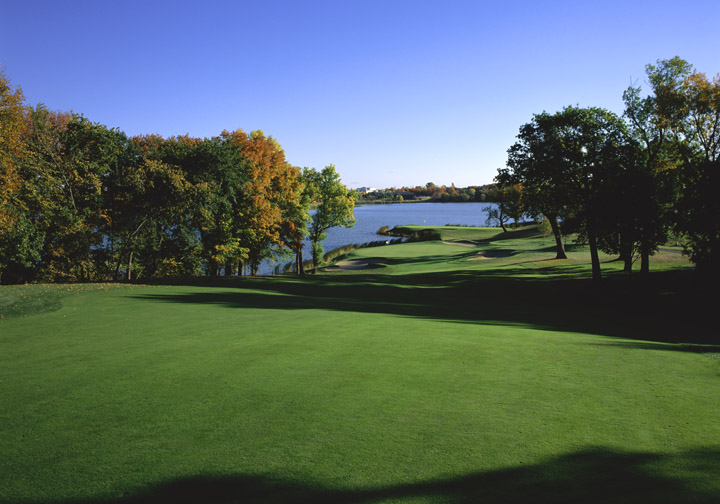





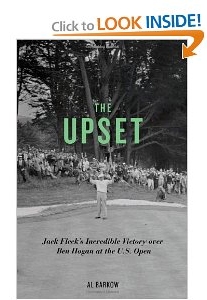
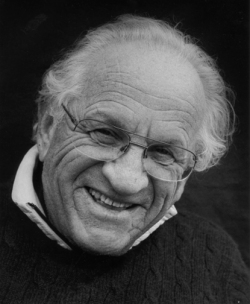
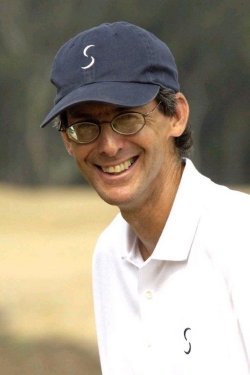 It’s been 10 years since Bradley Klein first published his well-received survey of the artistry of Donald Ross. It was lauded at the time as “…the most thoroughly researched book ever produced on the life and work of a golf course architect.” (Brian McCallen, Golf Magazine).
It’s been 10 years since Bradley Klein first published his well-received survey of the artistry of Donald Ross. It was lauded at the time as “…the most thoroughly researched book ever produced on the life and work of a golf course architect.” (Brian McCallen, Golf Magazine).